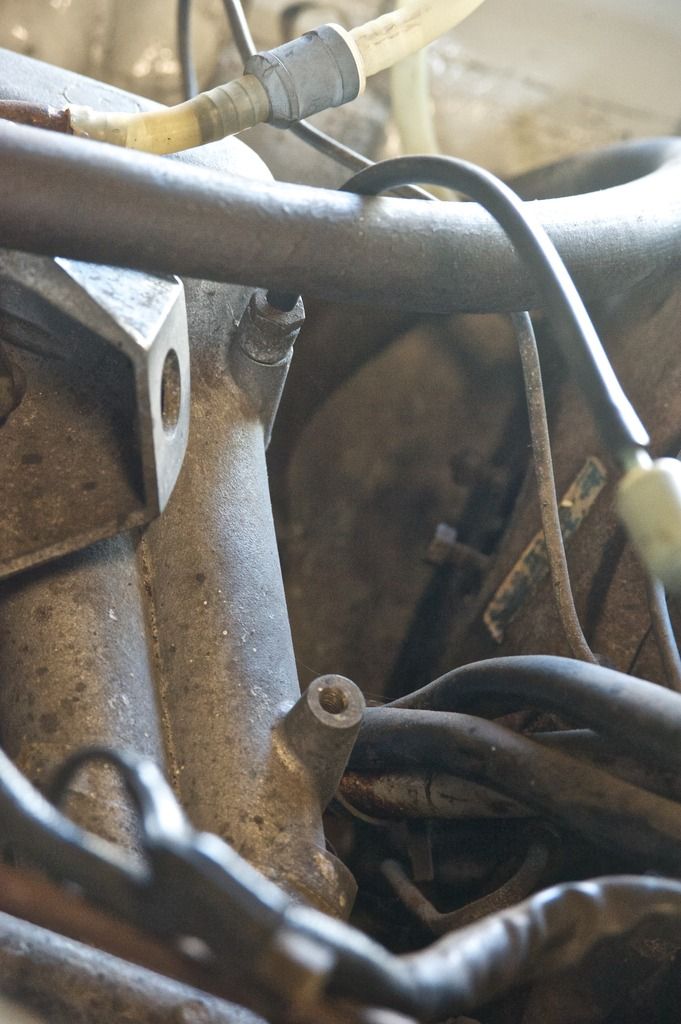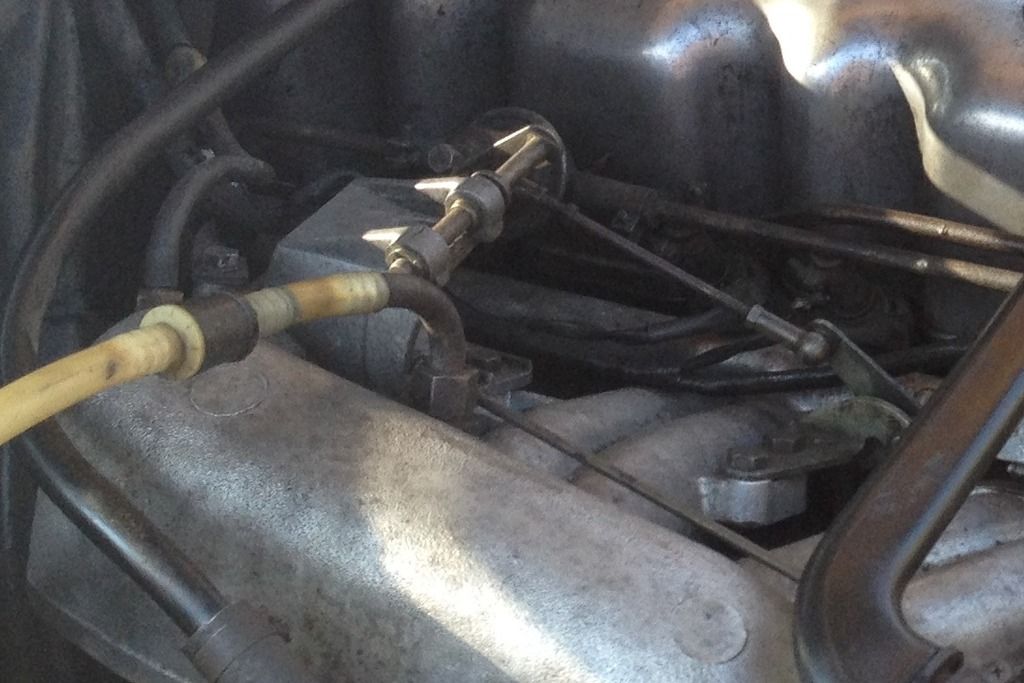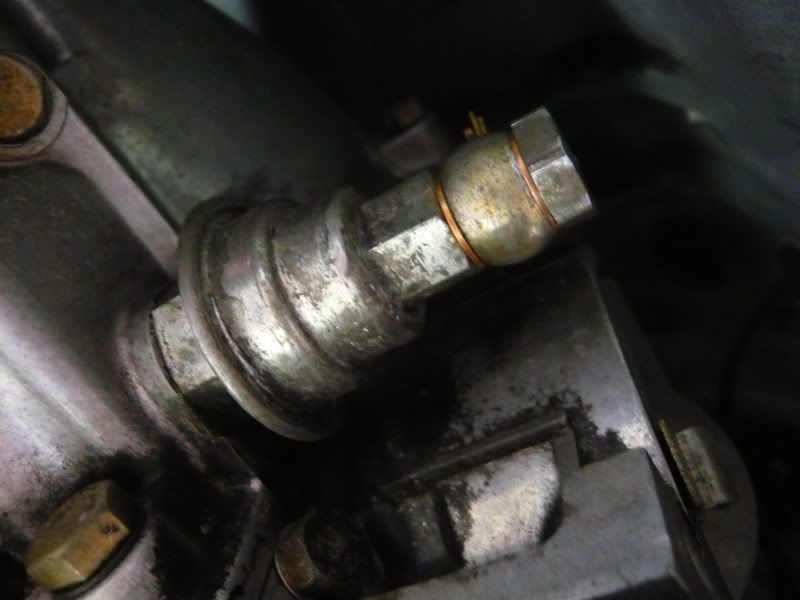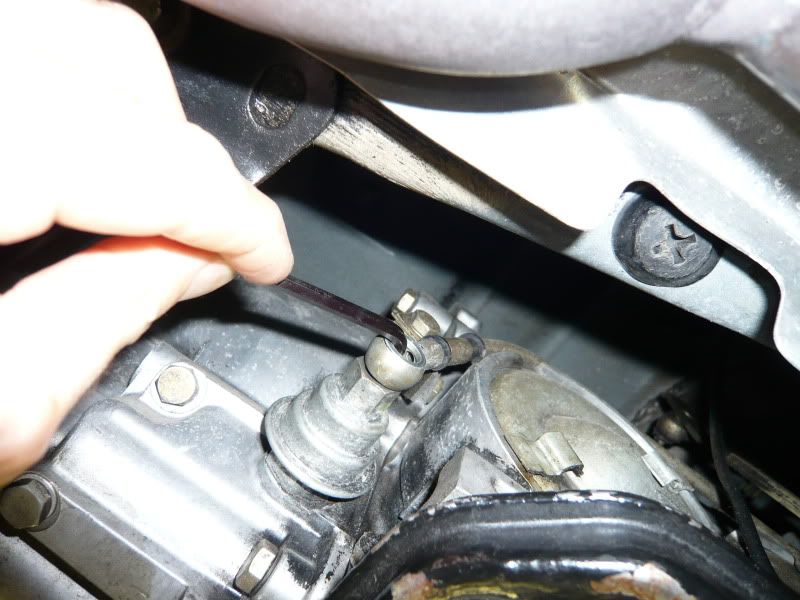Charles Morgan
MB Enthusiast
- Joined
- Feb 2, 2010
- Messages
- 8,206
- Car
- Mercedes 250CE W114, Alfa Romeo GT Coupe 3.2 V6
Not good news. I was getting the nearside footwell primed for POR15 painting tomorrow and when vacuuming a small lump of rust fell into the well. Looking up and then having a good feel, the bulkhead at the top is pretty crusty, and I'll have to take out the dash and the ventilation grill outside to have a good look. This is a well known vulnerability of the car, I'm hoping it's just confined to the top.
Not a great way to round off the day.
Not a great way to round off the day.












